
Yes, I know that’s an old rhyme for a bride on her wedding day, however I think it applies pretty nicely to my process of getting ready to be a bridesmaid when I attended my brother-in-law’s wedding this past September.
I was totally thrilled when I heard the news that there would be a wedding in my husband’s family, although a bit less so when I realized I only had two months before we’d be getting on a plane and I’d need to have a bridesmaid’s dress to bring with me. Could I have bought one myself? Of course. As a sewist, though, such an idea seemed nearly incomprehensible. Where do people go to buy clothes these days anyways? I hadn’t purchased an article of clothing that wasn’t lounge or underwear in years, let alone a formal gown.
So, I steadfastly set to making my own dress. The colour for the bridal party was baby blue, so I ordered some viscose crepe from L’Oiseau Fabrics and chose out a pattern from my small collection of Burda Magazines. From the photo, it looked like a stunning, elegant dress that would be perfect for a special event such as this one.

Although I was ordering the fabric online based on a not-super-clear photo, it turned out to be the perfect colour. I could hardly wait to get started. Until, that is, photos starting popping up in our bridesmaids’ WhatsApp group. Elegant gowns made up of layers of organza and chiffon – much fancier than my matte and drapey viscose crepe, which was probably a more appropriate choice for everyday wear. I didn’t know what to do. I was really starting to feel that the stress was building up, but I went ahead and made a toile of the Burda pattern anyways.
The fit of the Burda pattern right off the bat was actually fantastic. I just didn’t feel that the fabric I had purchased would do it justice. I decided at that point that I had to find a fancier fabric – a lace, sequinned fabric, or embroidered mesh that I could overlay onto the fabric I had already bought. I got to searching online at all the Canadian fabric stores I could think of (and trust me, I could think of a lot), but it turns out not so many online shops here carry gown-worthy fabrics (if you know of any, do let me know below in the comments!). I’m also lucky to live in a city full of fabric stores – none of which (other than Fabricland) were open in the evenings after I finished work or on Sundays, the only day of the week I was available to shop during daytime hours (whyyyyy????).
There was one new-to-me shop – City Choice Textiles in North York – which, based on their Instagram, seemed to be a treasure trove of laces and embroidered fabrics, and happened to be open until 7PM on weekdays (checking their hours now, they also now appear to have open hours on Sundays). One day I managed to finish work early and was able to make it up there for a visit. It really was a treasure trove (and the prices were amazing!), but amongst all the glitzy bolts, I found nothing in the colour I needed. I felt extremely disappointed, as it really seemed like if I were to find anything anywhere, this would be the place.
I was really starting to feel like I’d have to resort to buying a dress. I was at 3 weeks until our flight, and I still didn’t even have fabric.
My next plan of action took a bit of convincing my husband to do the shopping for me. He works downtown some days, so I asked if he would be willing to stop by Leo’s Textiles on Queen Street and do some shopping. He was hesitant and I was desperate, and anyways I had enough confidence in his eye for colour to choose something nice. He sent me a series of photos alongside a swatch of the viscose crepe I wanted to put underneath, and he came across some beautiful blue silk chiffon. I told him to grab 4 yards of it and take it home for me.




Honestly, he chose the perfect colour and fabric. Am I lucky or what?
Next I had to figure out what type of dress I was going to make – the Burda gown was too complex to do with two layers (and the silk chiffon was much too sheer without a lining). I figured I’d keep it simple – a bodice that I already knew fit me, some flutter sleeves, and a simple gathered skirt with an A-line lining (to reduce bulk at the waist). I wouldn’t have to make a toile and I wouldn’t have to try any fancy new techniques aside from getting used to sewing chiffon (which is rather delicate and sometimes does not appreciate going through the sewing machine – spoiler: sewing the chiffon actually turned out to be the least of my worries).
I really Frankenstein’d the pieces for this dress together. I started with the bodice of McCall’s 8032, which I knew I liked the fit of, and the skirt from Butterick 6138, and by now it’s been long enough that I can’t even remember which sleeves I altered to create the bell/flutter sleeves, but I think they were from the McCall’s 8038. I was going to use the A-line skirt from Gertie’s Ultimate Dress Book for the skirt lining (which I had used previously for a bridesmaid dress – also in light blue – but alas, I grew a bit since then), but once I drafted it to be floor length I saw the huge amount of fabric that it would actually use, and realized it would be way too heavy to wear.
Instead I went with the skirt for McCall’s 8038, which is more fitted and mermaid-skirt-y. This ended up being a good decision, I think.
I got to cutting everything out. I used tissue paper laid out underneath the chiffon to make cutting it out a bit easier. I used nearly every last inch of the chiffon (lengthwise, anyways), and carefully underlined it by hand with the viscose crepe (which I still had plenty of, thinking I was going to use it with the yardage-gobbling Burda dress). This was tricky, as the chiffon bubbled and fluttered with the slightest breeze that hit it.
I finally got to sewing up the bodice and that was when I hit my next road block. I tried on the bodice – and, well, let’s just say that the darts were especially pointy. I was crestfallen. I could not wear such a, erm, pointy dress to a wedding, let alone set foot outside in it. I decided to troubleshoot the dart situation, and found many sewing articles addressing that very issue. I seam ripped the bodice darts several times (not at all an easy thing to do with delicate silk chiffon) and sewed them over and over again. I changed the curve of the dart, how I sewed the tip of it, whether I back stitched or didn’t back stitch or tied knots or didn’t – every time they came out pointy. I figured it boiled down to the bubbly nature of the chiffon and there was no getting around it.
I was pretty much out of fabric. I didn’t have much time left. Starting over wasn’t really much of an option. The stress was really starting to set in. That’s when I decided to pull out the big guns – I was going to convert the bodice to a princess seam bodice. I used the bodice pattern and drafted it into princess seam pattern pieces. I used the existing bodice pieces for the larger centre portions of the princess seam pieces, and I scraped together the smaller side pieces out of the largest scraps I could find left of the silk chiffon.
And by golly! I did it. The princess seams were so much better. Not perfect – no. The chiffon still bubbled in places, and if you look closely, you can see the holes left from seam ripping the darts out. But I felt happy when I put it on, and that was enough.
The skirt was relatively easy after all that. I used French seams for it, so the seams would look nice as they were visible through the sheer fabric. The zipper area was tricky, as it’s hard to install an invisible zipper and also do a French seam. So, I did a sneaky thing and used the pieces of the fabric that were cut on the selvedge (which is already “finished”, technically!) so I wouldn’t have to worry about it finishing that seam.
I made the sleeves out of two layers of the chiffon rather than a layer of chiffon and a layer of viscose for a more ethereal look. I cut one layer shorter than the other so that the layers were apparent. They came out kind of uneven (because that chiffon is just so darn SLIPPERY and shifty) but at that point it was the kind of imperfection I could put up with.
I hemmed the whole thing and inserted a waist stay to help hold up the skirt, which was a little on the heavy side, and it was finally done! I ended up later adding another row of hooks to the waist stay so that I could make it even snugger, allowing for any possible weight fluctuation. I also added some ribbons tacked down at the waist that could go on the hanger to provide a bit of extra support when the dress is hanging in a closet for longer periods of time.


To accessorize, my sister-in-law lent me the perfect silver heels which fit just right, and I had a fascinator from Lilliput Hats which I bought for my sister’s wedding and just happened to be the perfect colour to go with it.
After the long flight and before the wedding, I gave the dress a good press (how lucky was I that the apartment where we were staying had a fresh new iron?) and it was good to go.
Honestly, I was so happy with how it came out in the end. I felt like an absolute princess. The fabric was so wispy and floaty. The fit was elegant but comfortable. After all the stress and worrying, I was so glad with how it turned out. I got lots of compliments throughout the night, and people could hardly believe I had made it myself.

Here are some awkwardly-cropped photos from the photographer since I have no other full-length photos of me in the dress and didn’t want to include other family members without their consent (photo credit goes to Shmuel Diamond Photography). Not sure why I ended up in the same spot in every family photo but okay! I chose the one on the right because I like how you can see the flowy skirt blowing in the wind, hehe.


Anyways, that was a lot of talk about one dress! Honestly it was all a bit stressful getting such a big project done with a time crunch, and during the process it really seemed like all I could think or talk about was this dress (do other sewists experience the same thing? No?). In the end, I’m so glad it worked out and I could float around for the evening in such a special dress 🙂
Thanks for reading the first post I’ve written in a very long time 🙂
Please let me know if you’ve ever made a special garment for a special occasion that wasn’t quite as easy as you thought it would be! Did it all turn out in the end?

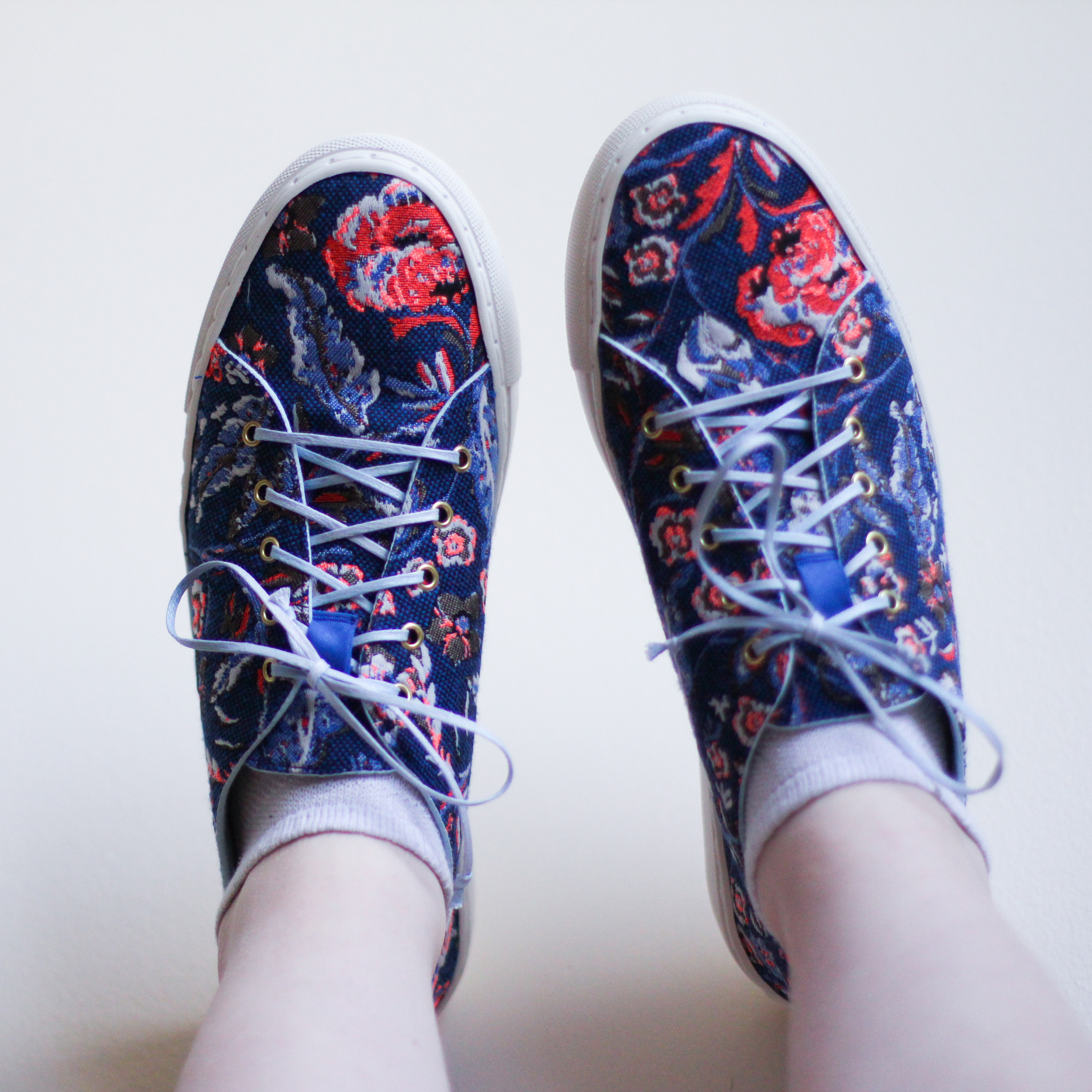



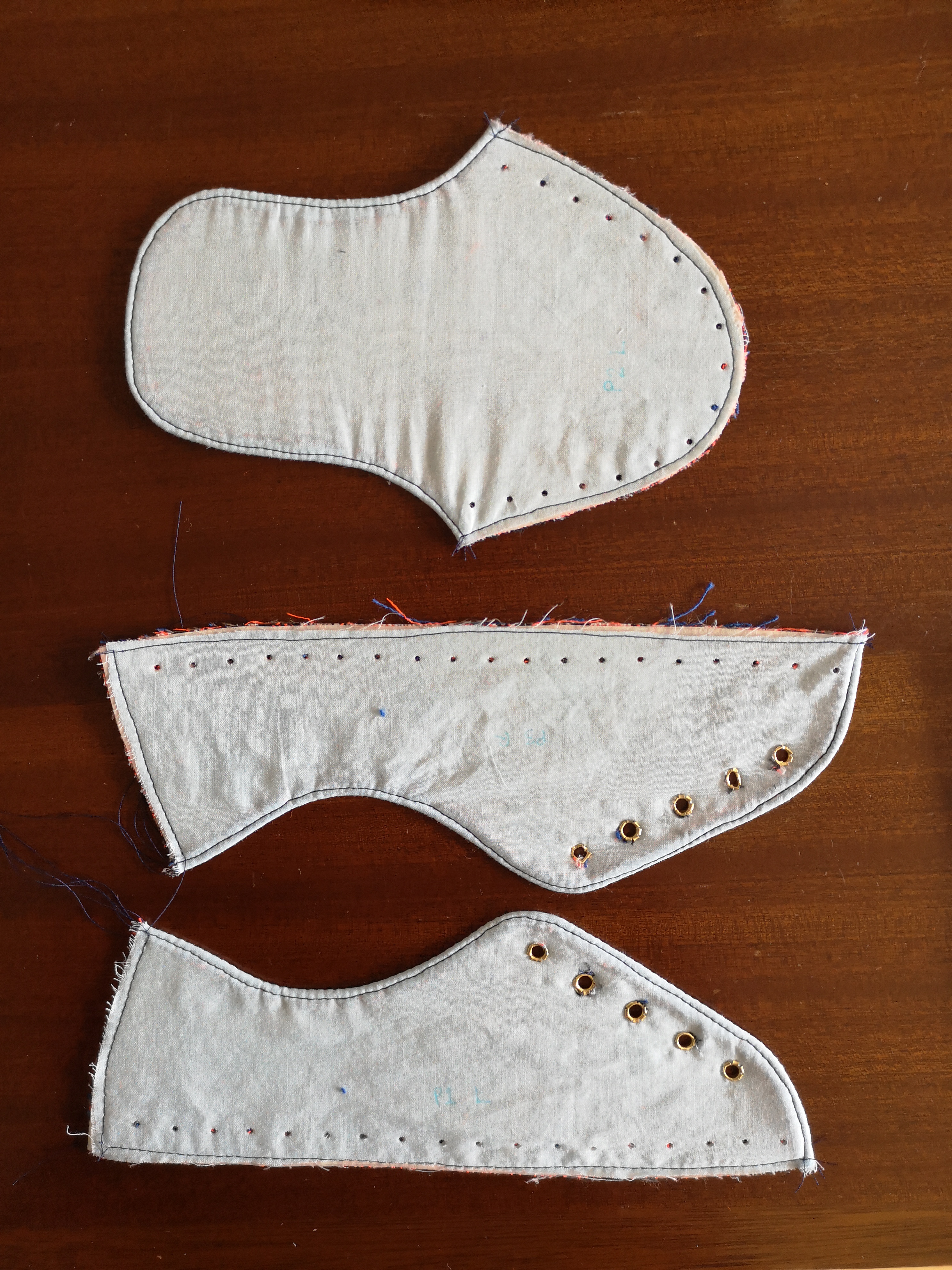

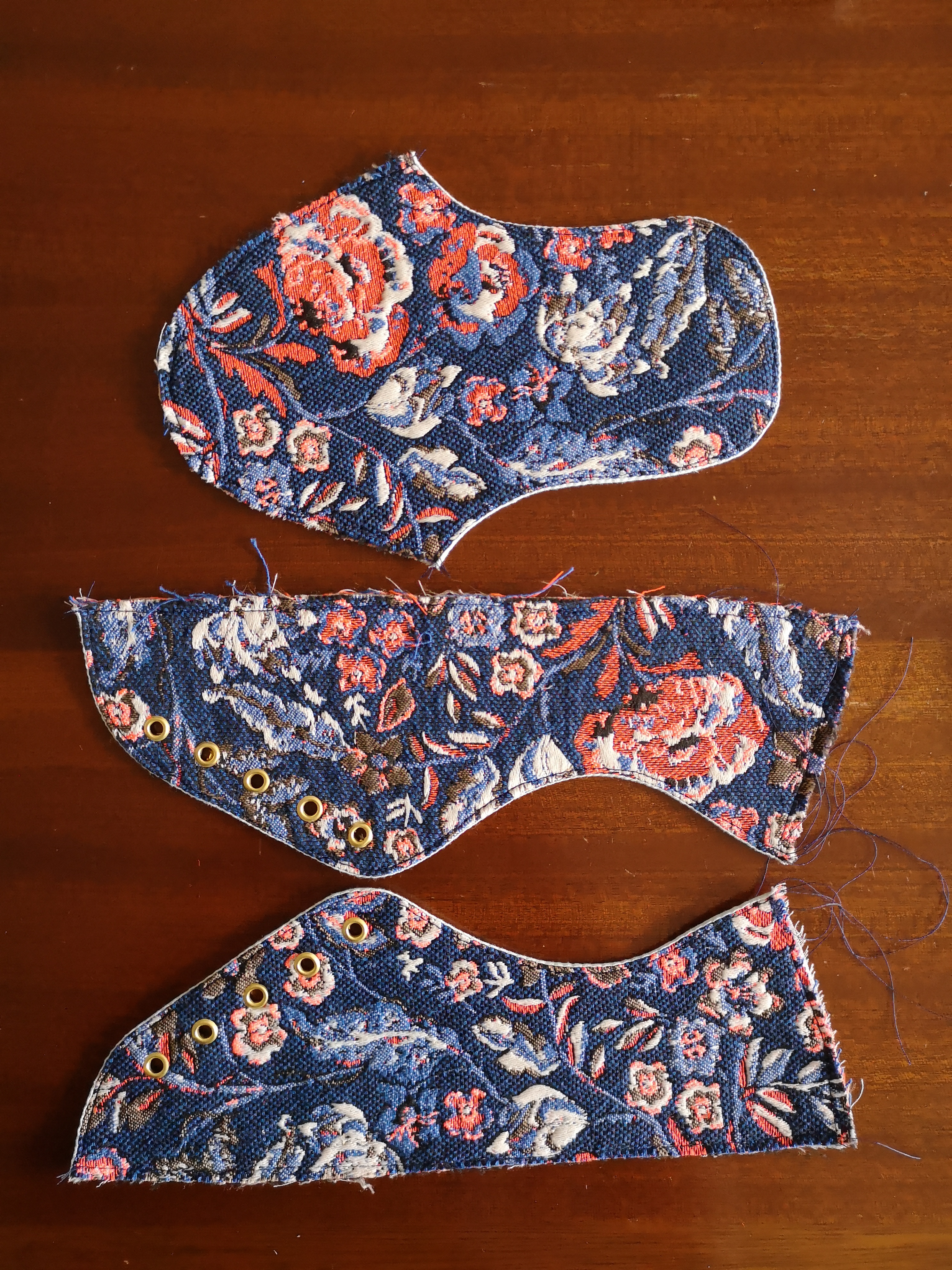

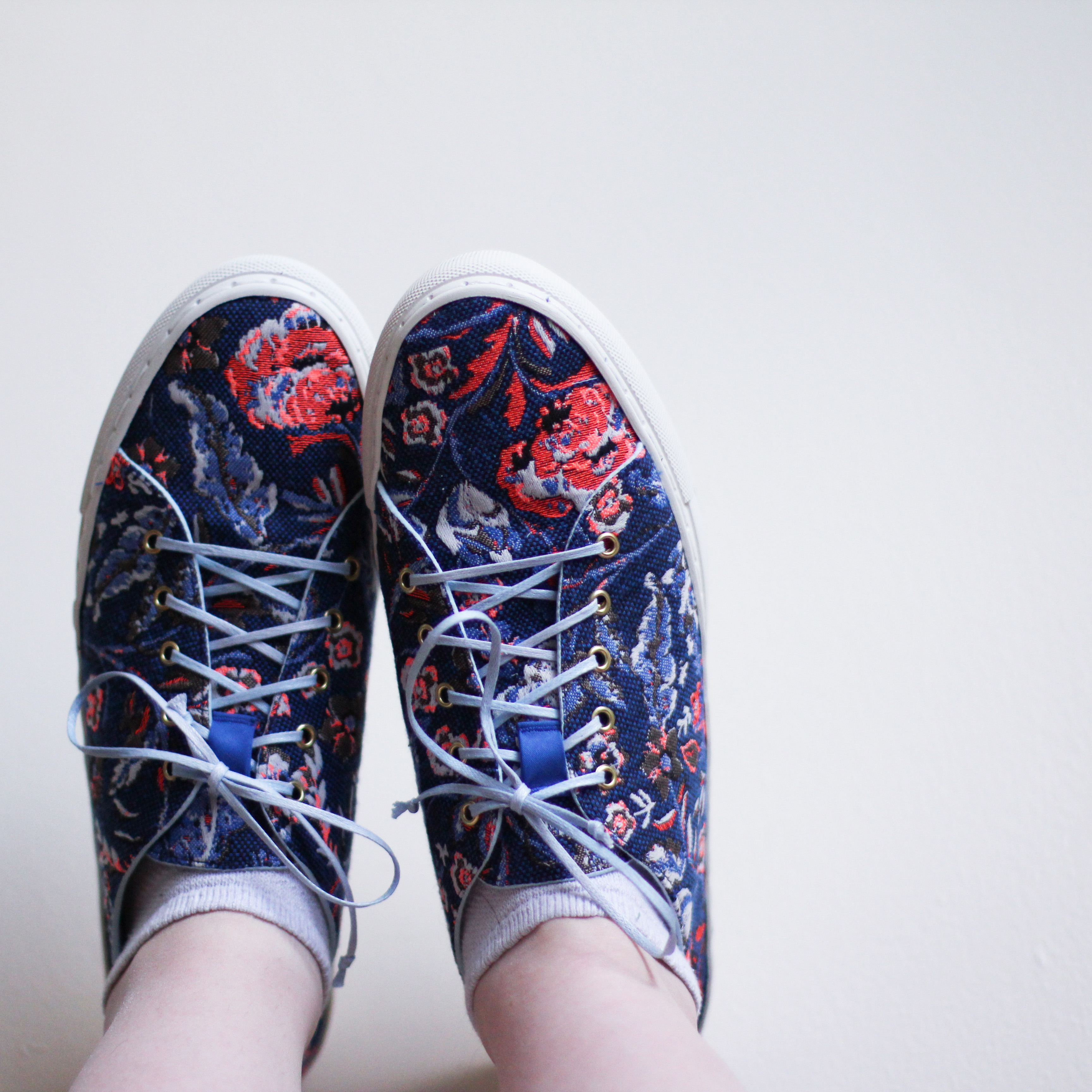













 The last step was the buttonholes and buttons. I didn’t think my machine could handle buttonholes on the boiled wool, so I made them by hand using matching embroidery thread (a tip I saw somewhere on Instagram). I found some really cute buttons at
The last step was the buttonholes and buttons. I didn’t think my machine could handle buttonholes on the boiled wool, so I made them by hand using matching embroidery thread (a tip I saw somewhere on Instagram). I found some really cute buttons at 




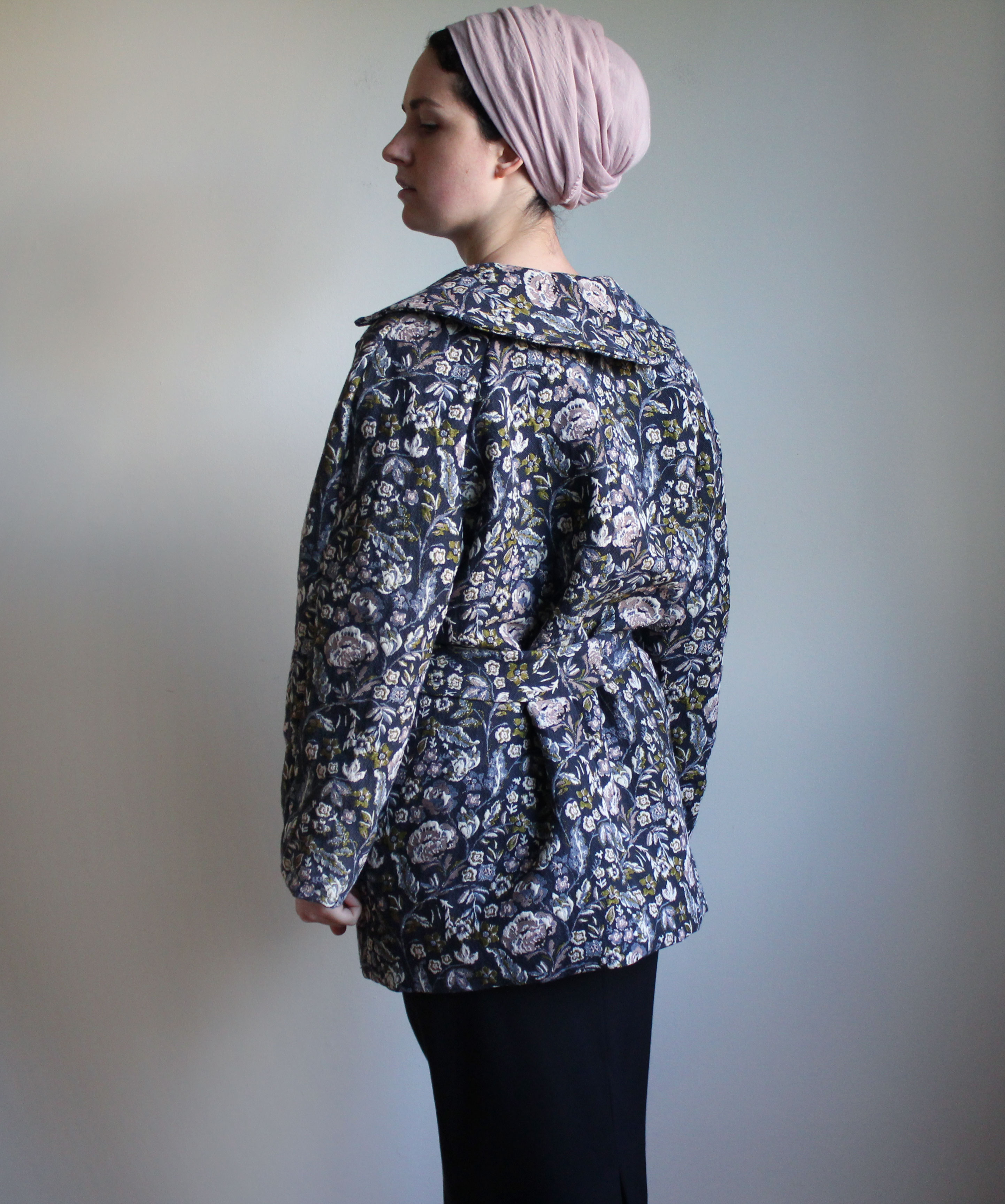
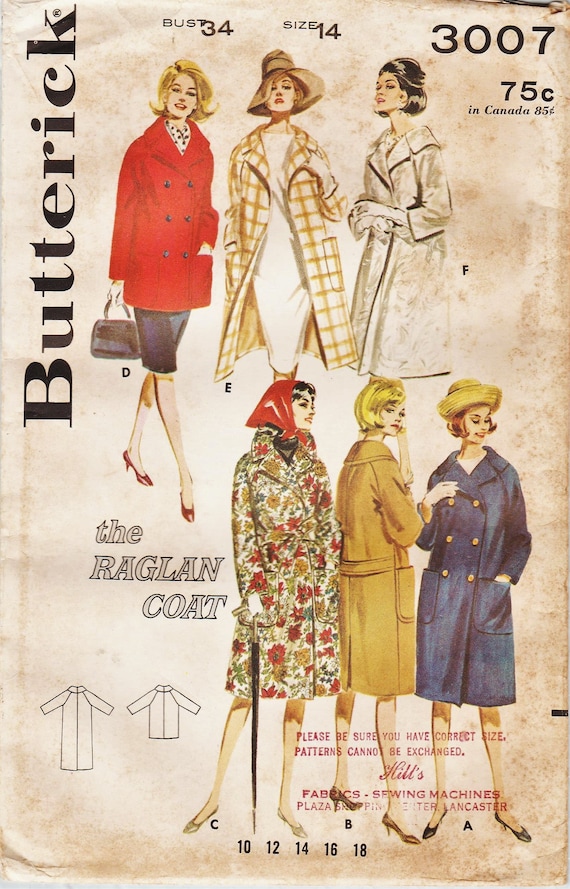




















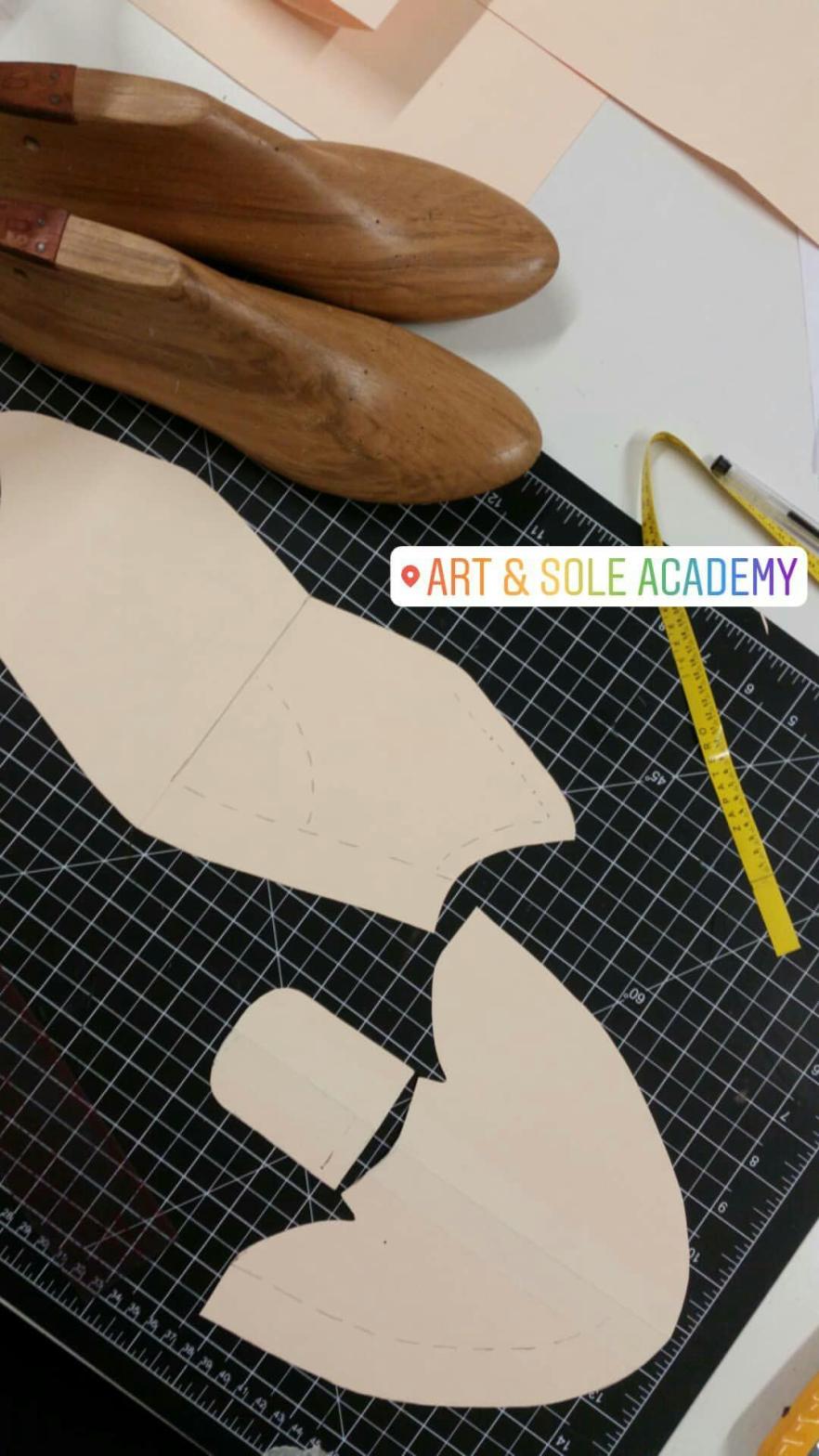
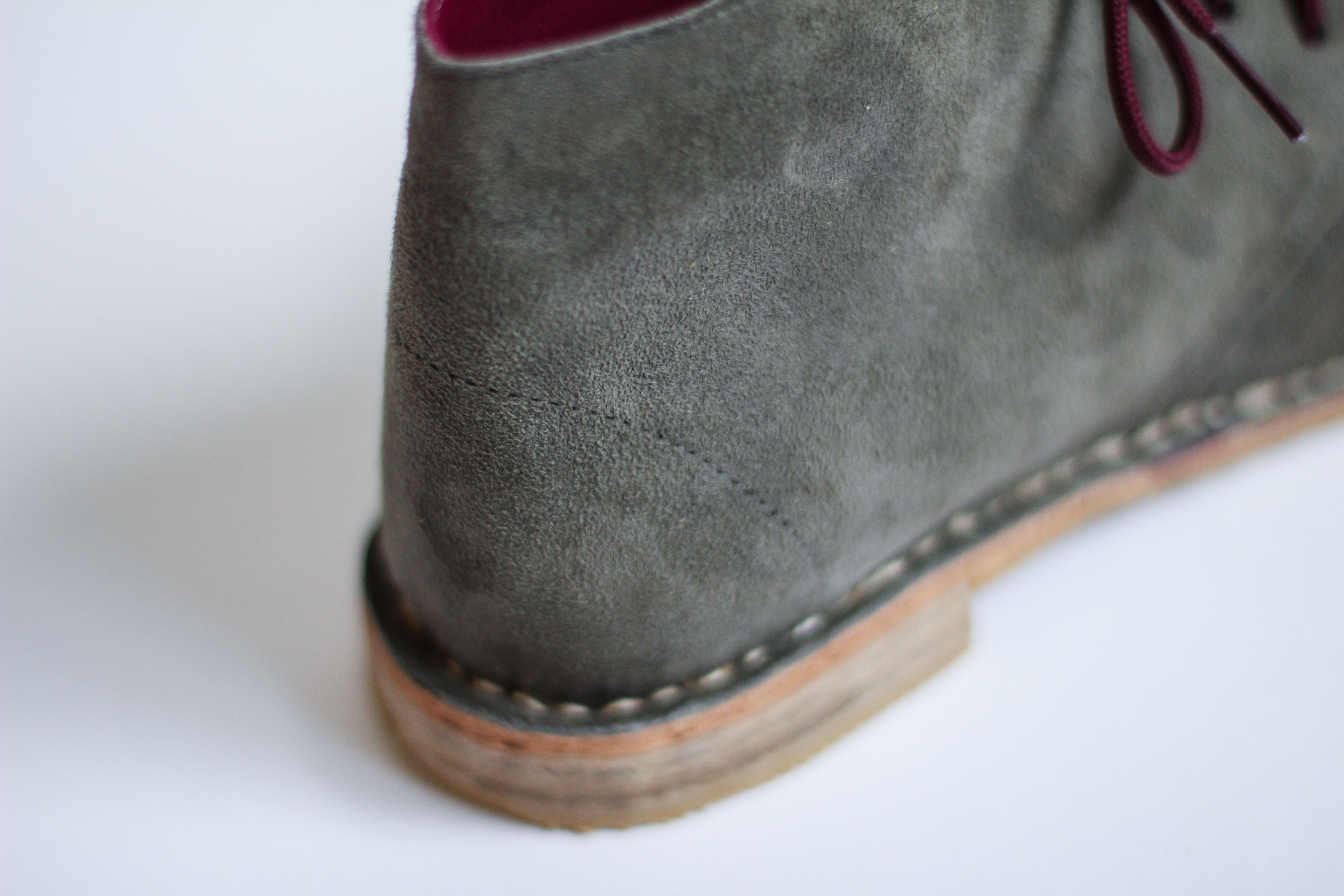



 Then I had to glue on the heel and the rubber treads. Using a belt sander, I sanded all the edges of the sole smooth, did a little cleaning up, added foam insoles, and they were done!
Then I had to glue on the heel and the rubber treads. Using a belt sander, I sanded all the edges of the sole smooth, did a little cleaning up, added foam insoles, and they were done!

